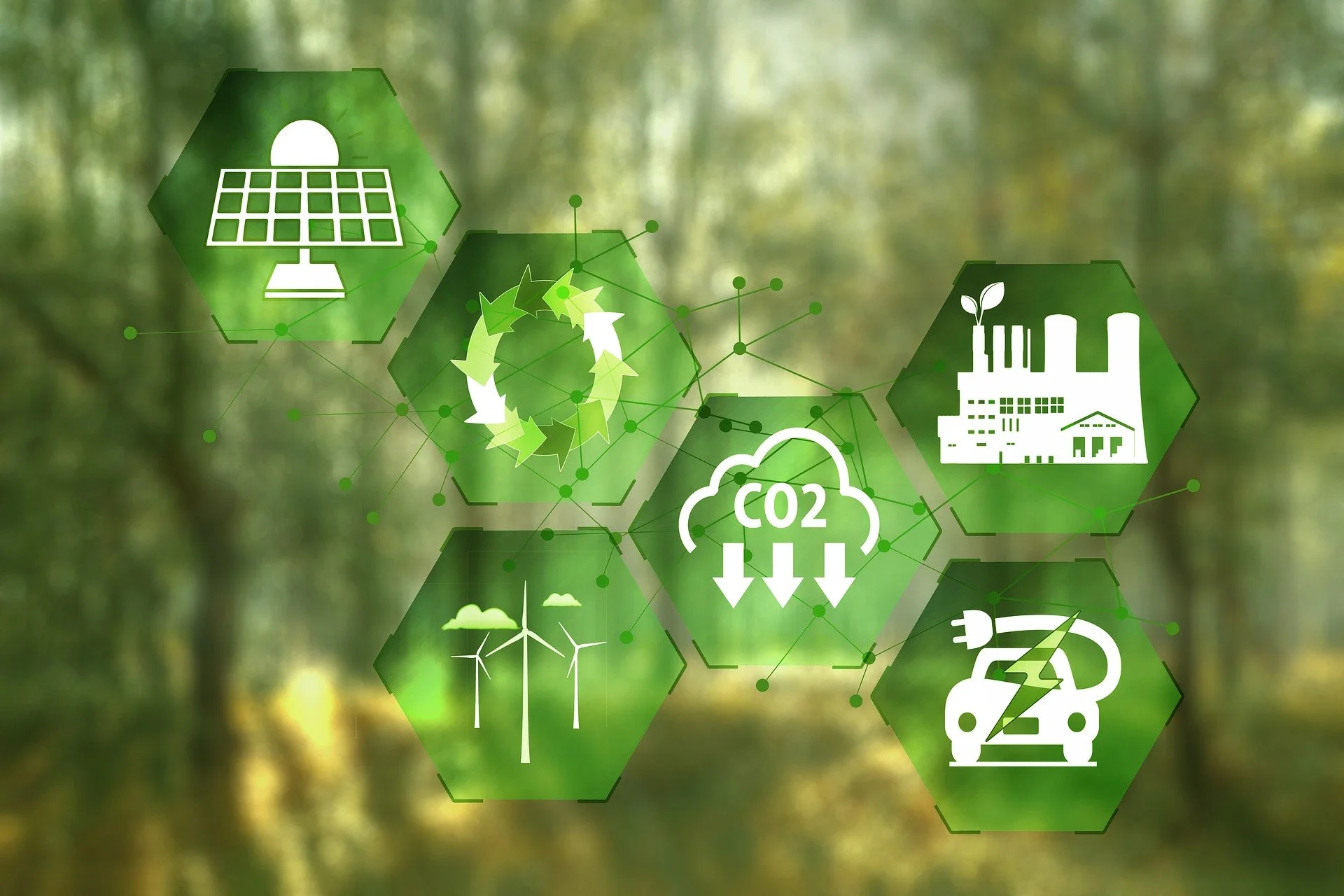Sea-level rise increasing at faster rate around Aotearoa
Otepoti - Sea levels around Aotearoa have risen at a faster rate in recent decades compared with the first half of last century, Stats NZ says.
Their recently updated environmental indicator coastal sea-level rise, shows relative annual sea levels have risen faster over the last 60 years at four coastal monitoring sites throughout Aotearoa New Zealand.
Future climate change projections indicate that sea levels will continue to rise. Rising sea levels affect coastal communities, infrastructure, coastal habitats, and biodiversity, Stats NZ says.
“Sea levels rose faster over the last 60 years, 1961 to 2020, compared with the previous 60 years, 1901 to 1960, at four main sites with records dating back to the 1890s and 1900s: Auckland, Wellington, Lyttelton and Dunedin.
The rate of sea-level rise has doubled in the last 60 years, compared with the mean rate from when records first began through to 1960.
Of the locations which have been monitored for over 120 years, Lyttelton near Christchurch showed the highest long-term trend in relative sea-level rise of the four sites at 2.24mm/year.
Meanwhile, between 1961 and 2020 the largest increase in the rate of annual mean sea-level rise of all the monitoring sites was observed in Wellington.
The relative sea-level rise includes any local or regional changes in vertical land movement up or down. Vertical land movement can be caused by sinking or uplift from geological processes such as tectonic and volcanic activity, as well as human activity causing subsidence.
Climate change is one of the main causes of sea-level rise. As greenhouse gas emissions warm the Earth’s atmosphere, heat is absorbed by the ocean. The expansion of sea water as it warms, combined with increased sea volume caused by the melting of glaciers and ice sheets, contribute to sea-level rise.
Data for the coastal sea-level rise indicator is provided by NIWA, the National Institute of Water and Atmospheric Research, and LINZ, Land Information New Zealand.
The coastal sea-level rise indicator was last updated in 2019. In addition to the four main long-term monitoring sites, which have records dating back to 1891 (Wellington), 1899 (Auckland and Dunedin), and 1901 (Lyttelton), two sites, Moturiki (Mount Maunganui) and New Plymouth, have been measuring sea level changes since the 1950s.















Lisa was born in Auckland at the start of the 1970s, living in a small campsite community on the North Shore called Browns Bay. She spent a significant part of her life with her grandparents, often hanging out at the beaches. Lisa has many happy memories from those days at Browns Bay beach, where fish were plentiful on the point and the ocean was rich in seaweed. She played in the water for hours, going home totally “sun-kissed.” “An adorable time to grow up,” Lisa tells me.
Lisa enjoyed many sports; she was a keen tennis player and netballer, playing in the top teams for her age right up until the family moved to Wellington. Lisa was fifteen years old, which unfortunately marked the end of her sporting career. Local teams were well established in Wellington, and her attention was drawn elsewhere.